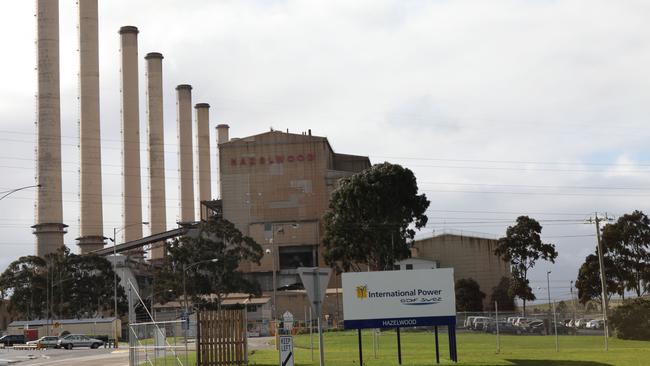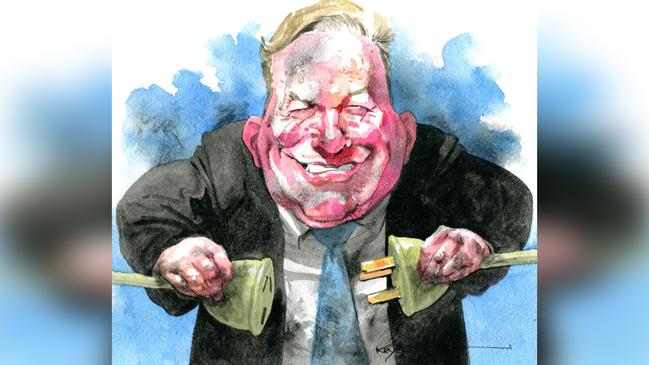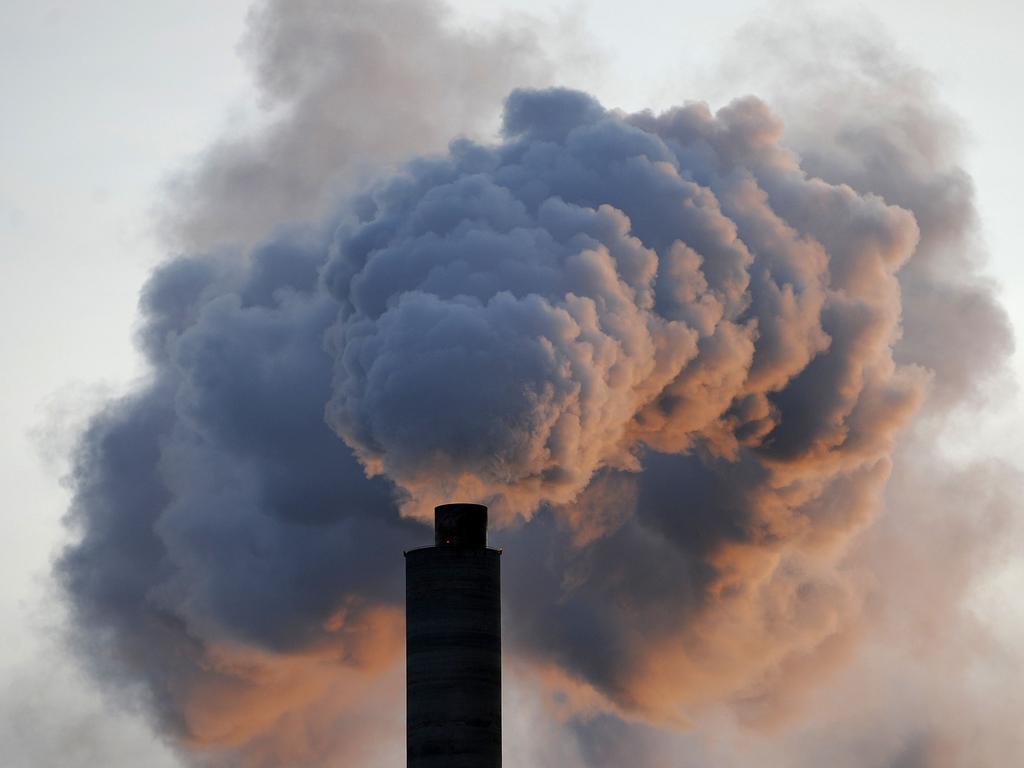New safeguard mechanism will put energy into carbon trading, says Aurecon’s Raphael Wood
Prepare for a boom in Australia’s carbon-trading market in 2023, says market expert Raphael Wood.

The carbon-trading market in Australia is “set to boom,” in 2023 with the introduction of a stricter Safeguard Mechanism regime for major emitters next July, according to carbon market expert Raphael Wood.
The principal, sustainability and climate change at engineering and design consulting firm Aurecon said 2023 would bring much more certainty to the carbon-trading market in Australia.
It would be driven by new legislation setting stricter baselines for big greenhouse gas emitters, as well as the outcome of a review of the $4.5bn Australian Carbon Credit Units regime currently being conducted by former chief scientist Professor Ian Chubb.
Mr Wood, who is also president of the Australian Carbon Standards Association, said the changes meant that there would now be much more “certainty entering the market” in 2023, which would encourage more investors.
He there had been “interesting developments” in the market in 2022 with the mandatory national carbon reduction targets introduced by the Albanese federal government and reviews of the ACCUs and the Safeguard Mechanism.
“In 2023 we will get certainty on the final design of the policy and the rules (of the Safeguard Mechanism),” he said.
The Safeguard Mechanism legislation requires companies which emit more than 100,000 tonnes of Scope 1 emissions a year to report their emissions and keep them under a mandatory baseline.
The 215 businesses which have reported, accounted for 28 per cent of Australia’s total greenhouse gas emissions between 2020 and 2021.

The system has been criticised for being ineffective as the baselines used are set well above the actual total emissions of facilities.
The reforms introduced into parliament earlier this year by the federal government are aimed at giving the Safeguard Mechanism much more bite, as declining baselines are putting increasing pressure on companies to reduce carbon emissions or buy carbon offsets to comply with the stricter targets and the introduction of a new credits regime.
The current proposal would result in companies covered by the mechanism being forced to reduce their emissions by between 3.5 per cent and 6 per cent a year to 2030. The goal would be to achieve a total carbon abatement of about 170 million tonnes of carbon dioxide by 2030.
Mr Wood said the new legislation, of which more specific details are to be released in early 2023, will introduce a new class of buyer of Australian Carbon Credits: companies buying ACCUs for short-term assistance to meet their new stricter emission goals.
The proposals will also bring about the emergence of a new form of carbon credits in Australia – Safeguard Mechanism Credits (SMCs) — which can be generated by those big emitters which come in below the baseline targets.

Operating along similar lines to the existing Australian Carbon Credit (ACCUs), the new SMCs can be bought by emitters – which are worried about exceeding their baselines – to offset their carbon emissions.
A recent report by the Clean Energy Regulator said there was a growing interest in the ACCU market. There had been a record number of transactions in the secondary market and an increase in total holdings of ACCUs to a new record of almost 22 million.
Mr Wood was an executive with the Clean Energy Regulator for five years before joining environmental strategy company GreenCollar in 2015.
He was managing director of the Market Advisory Group from 2018 to October 2022 when it was bought by Aurecon.
He said the review of the Australian Carbon Credit system by Professor Chubb, which is due to be handed to the federal government by the end of this year, would bring more certainty with regard to the supply of ACCUs.
“We will get certainty on what happens next and how it affects supply,” he said.
Big emitters have been planning for some time to invest in emission-reduction technology.
But Mr Wood said the new regime would provide “incentives for action in the carbon industry”.
He said he was not necessarily predicting there would be a short-term jump in the price of ACCUs because of the significant supply available.

The price of ACCUs was about $17.55 per unit two years ago in December 2020 but rose sharply to $57.55 in January this year due to short-term market dislocations. The spot price is now down to about $33.55.
Mr Wood said while the carbon credit market in Australia was expected to become larger, the price would not move sharply upwards in the short term.
“The carbon price may not run very quickly,” he said. “There is already a lot of supply of ACCUs in the market.”
But he said it was expected that prices would increase over time as demand increased.
“At some point the market will resettle,” he said. “We are forecasting it to settle at around the $40 to $42 market next year.”
Mr Wood said the policy announced by the federal government “will mean we have immediate action in 2023 on reducing emissions”.
“Large corporations which are captured by the safeguard mechanism will need to engage,” he said. “They will need to start planning their carbon strategy and their strategy for implementing emission reductions over the next decade.”
The federal government has made it clear that Australian companies covered by the Safeguard Mechanism would not be able to use foreign-generated carbon credits to meet their obligations.
“A new demand has entered the market for ACCUs which wasn’t there last year – the compliance buyer,” he said.
Mr Wood said stricter baselines each year would put companies under greater pressure.
He believed companies which would be affected were taking it seriously.
“Offsets in the short term allow them to manage the transition and the implementation of their emissions reduction,” he said.
There had been no compliance mechanism from 2013 which meant there was no reason for emitting companies to buy offsets.
But offsets also provide a pricing mechanism for companies wanting to reduce their carbon emissions.
“The one thing that offsets do is to give you a pricing signal,” Mr Wood said.
“We haven’t had any certainty before. The biggest thing that 2030 is going to provide is certainty, and certainty reduces risk.”







To join the conversation, please log in. Don't have an account? Register
Join the conversation, you are commenting as Logout